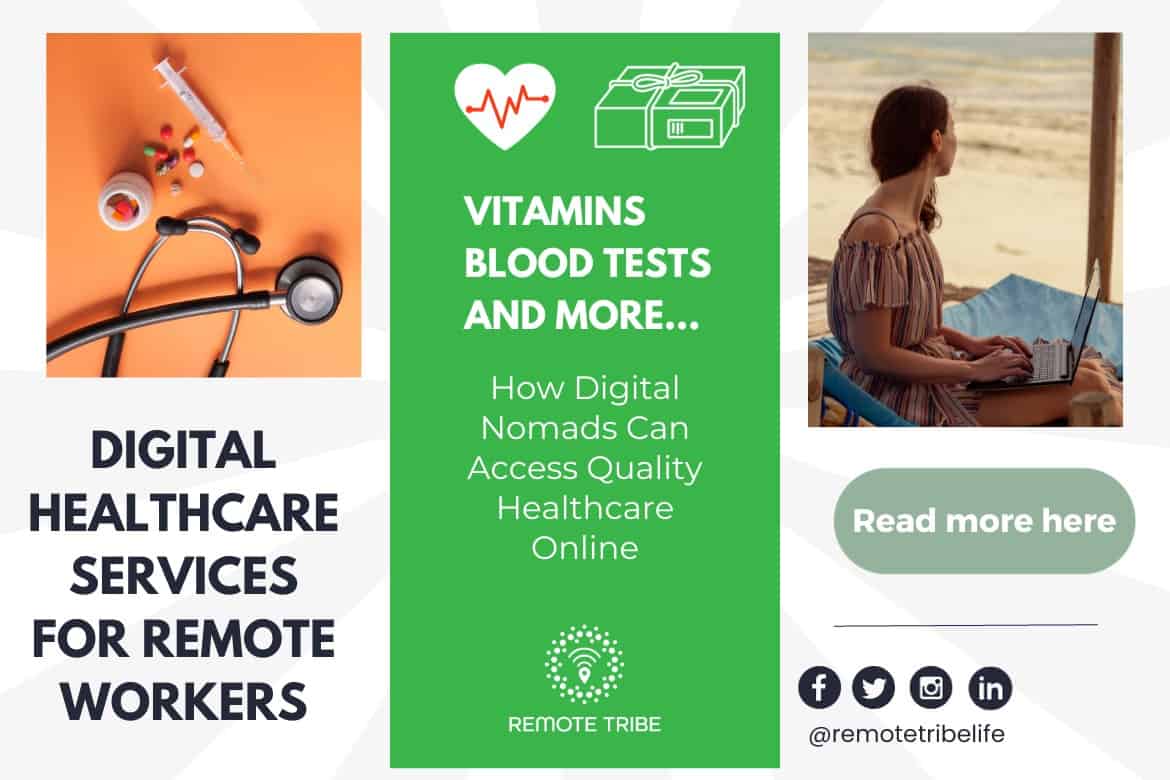Discovering the Development of Subscription Based Healthcare in the Digital Age
Wiki Article
Understanding the Cost-Effectiveness of Subscription-Based Medical Care Versions
As the healthcare landscape advances, subscription-based versions emerge as an engaging alternative, assuring to redefine exactly how individuals handle medical expenses. Reviewing these models' cost-effectiveness demands a nuanced comparison with conventional insurance coverage, thinking about both monetary implications and client fulfillment. While they provide openness and predictability in expenses, questions stay concerning their capability to meet varied health care demands, specifically for specialized therapies. The point of views of healthcare companies additionally complicate this equation, presenting a diverse obstacle. What does the future hold for these versions, and can they truly supply on their promise of easily accessible, inexpensive treatment?Review of Subscription-Based Models
Subscription-based medical care versions, sometimes described as direct health care or attendant medicine, are increasingly getting attention as a prospective option to ineffectiveness within traditional health care systems. These models operate on the principle of offering individuals straight access to health care suppliers through a month-to-month or yearly fee, bypassing the need for conventional insurance systems. This setup intends to improve patient-provider communications by decreasing administrative concerns, which typically prevent timely and customized treatment.At the core of subscription-based versions is the focus on a more personalized person experience. People take advantage of improved accessibility to their doctors, typically consisting of next-day or same-day appointments, prolonged appointment times, and direct communication networks such as phone or video telephone calls. This model cultivates an aggressive strategy to healthcare, where carriers and people can collaboratively concentrate on preventative treatment and chronic illness administration.

Price Comparison With Traditional Insurance Coverage

One of the primary financial advantages of subscription models is transparency in costs. Patients pay a predictable fee, which can streamline budgeting and economic preparation. In addition, these versions commonly remove co-pays and deductibles for protected services, decreasing out-of-pocket costs. Conversely, traditional insurance might be extra useful for people needing specialized care or expensive therapies not covered under a membership design, as they gain from the broader coverage network and cost-sharing devices.
However, cost-effectiveness is context-dependent. While registration models could offer financial savings for those primarily requiring medical care, people with chronic conditions or specialized medical care needs could find conventional insurance policy much more thorough. Assessing certain medical care requirements and prospective use is critical in determining the most affordable choice for people.
Influence On Patient Complete Satisfaction
Client complete satisfaction within subscription-based healthcare versions usually mirrors a considerable enhancement over traditional insurance systems. Unlike typical systems, where individuals may experience delays in obtaining care, subscription-based models make certain even more direct and prompt communications with healthcare providers.In addition, the openness in costs linked with subscription-based health care eases the common aggravations associated with unforeseen charges and complex invoicing procedures seen in traditional insurance policy (subscription based healthcare). Clients value recognizing the exact economic commitment upfront, bring about enhanced try here trust fund and confidence in their medical care administration
Furthermore, the focus on preventive treatment and health in membership versions adds to enhanced wellness outcomes, additionally enhancing individual satisfaction. By concentrating on recurring health maintenance instead than anecdotal care, individuals experience an even more holistic and constant healthcare journey.
Moreover, the boosted provider-patient relationship fostered in these designs, identified by even more time invested per patient and individualized focus, plays a crucial role in raising individual contentment degrees, as patients feel genuinely taken care of and comprehended.
Carrier Perspectives and Experiences
From the service provider's perspective, subscription-based health care designs use a transformative technique to supplying clinical solutions. These designs highlight a aggressive and preventative health care method, enabling suppliers to concentrate on detailed individual treatment without the restrictions of conventional fee-for-service arrangements (subscription based healthcare). This shift in emphasis usually causes boosted individual results and enhanced service provider complete satisfaction, as healthcare professionals can allot even more time and resources to patient involvement and individualized care plansIn addition, registration designs facilitate foreseeable profits streams, which improve financial security for health care service providers. This predictability permits boosted resource preparation and allowance, adding to an extra effective healthcare distribution system. Companies can buy team training, innovation, and infrastructure renovations, consequently enhancing the high quality of treatment provided.
Nevertheless, the change to subscription-based versions is not without challenges. In spite of these difficulties, many companies locate that the benefits of enhanced patient communication and streamlined operations outweigh the preliminary obstacles, making subscription-based versions an attractive option.
Future Leads and Obstacles

A main challenge is regulative compliance, as subscription designs must abide by advancing healthcare policies and insurance demands. This necessitates continuous adjustment browse around these guys and development to make sure alignment with lawful criteria. In addition, integrating these models into existing health care frameworks can be complex, calling for significant financial investments in modern technology and training.
There is also the prospective threat of creating injustices in medical care gain access to, as membership versions might favor those that can manage them, leaving at risk populaces underserved. Resolving this requires thoughtful factor to consider of rates techniques and aid mechanisms to make certain inclusivity.
Verdict
Subscription-based medical care versions offer a viable alternative to traditional insurance by providing monetary predictability and transparency, particularly benefiting individuals with persistent problems or constant medical care demands. The cost-effectiveness of these her comment is here versions is contingent upon private health care usage patterns and situations.Subscription-based health care models, sometimes referred to as direct key treatment or attendant medicine, are increasingly gaining focus as a possible option to ineffectiveness within conventional healthcare systems. Unlike traditional systems, where people could experience delays in receiving treatment, subscription-based designs guarantee more straight and timely communications with health care carriers.
These designs emphasize a proactive and preventative health care strategy, permitting suppliers to focus on thorough individual care without the constraints of typical fee-for-service plans. As these models proceed to gain grip, they offer the possible to transform person accessibility to care, simplify service distribution, and enhance medical care spending.Subscription-based medical care models offer a practical choice to conventional insurance policy by providing economic predictability and transparency, especially profiting individuals with persistent problems or constant health care demands.
Report this wiki page